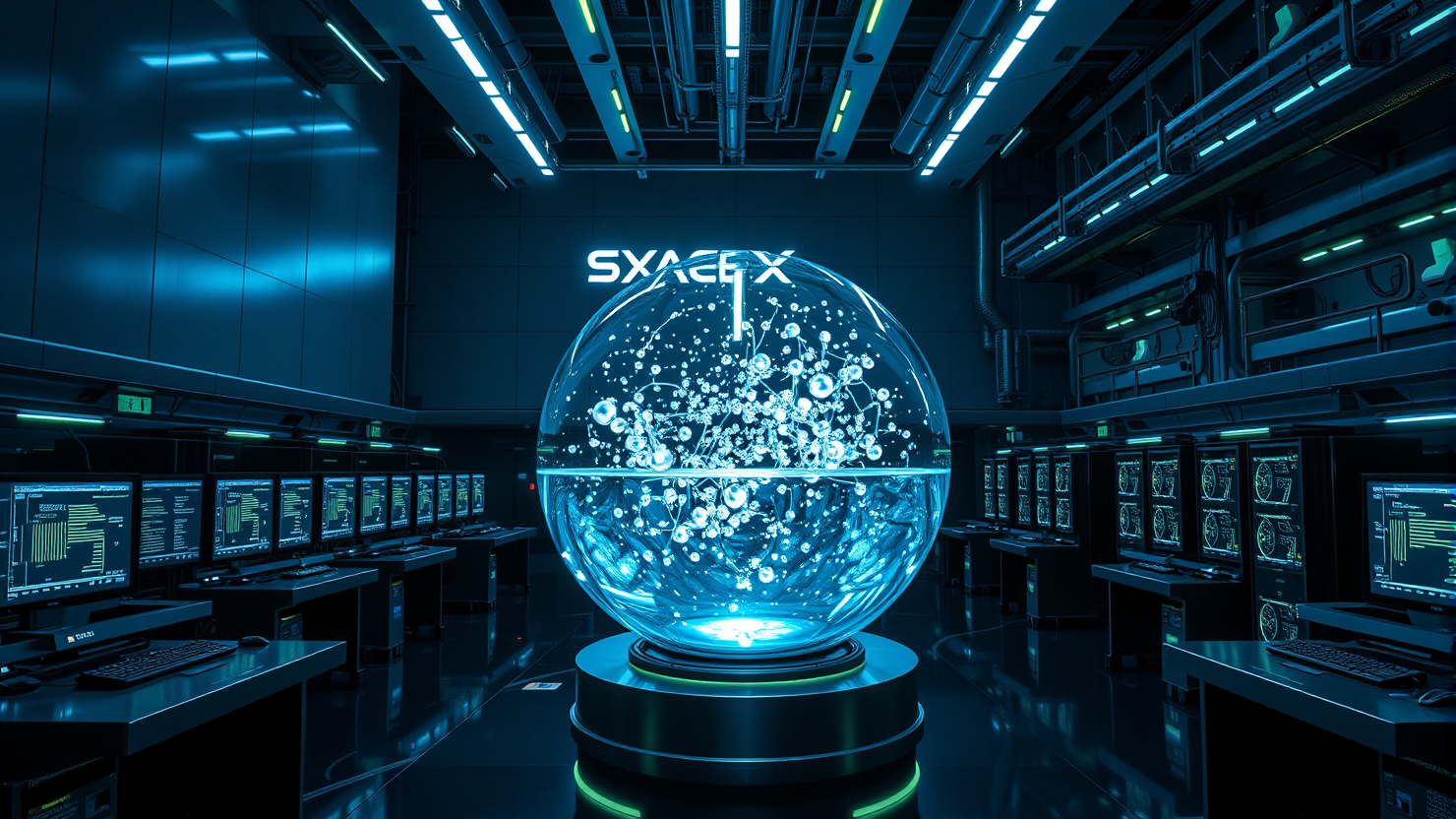Huawei Announces Comprehensive Open-Source Strategy for AI Development, Addressing Developer Friction Points

At the recent Huawei Connect 2025 event, open-source AI development took center stage with Huawei detailing plans to make its entire AI software stack publicly available by year-end. The company acknowledged past challenges faced by developers and provided specific commitments about what components will be released, as well as details on how the software will integrate with existing workflows and operating systems.
In his keynote address, Eric Xu, Huawei’s Deputy Chairman, candidly discussed issues developers have experienced with Ascend infrastructure. He noted that between January and April 30, AI R&D teams worked diligently to ensure the inference capabilities of Ascend 910B and 910C chips met customer needs following feedback sessions.
Huawei’s open-source strategy is designed to address pain points developers have faced with Ascend tooling, documentation, or ecosystem maturity. The company will open interfaces for crucial components like the compiler and virtual instruction set while fully open-source other software. This approach offers transparency for optimization while retaining some proprietary elements.
A significant technical commitment involves CANN (Compute Architecture for Neural Networks), Huawei’s foundational toolkit that bridges AI frameworks and Ascend hardware. By December 31, 2025, interfaces for the compiler and virtual instruction set will be open, and other software will be fully open-sourced. The Mind series application enablement kits and toolchains will also be fully open-sourced by the same date.
The Mind series encompasses the practical development environment – SDKs, libraries, debugging tools, profilers, and utilities that developers use when building AI applications. Unlike CANN’s tiered approach with open interfaces for some components, the Mind series sees a blanket commitment to full open-source. This means the entire application layer toolchain becomes inspectable, modifiable, and community-extensible.
While details about specific tools comprising the Mind series, programming languages they support, or comprehensive documentation remain unspecified, developers evaluating whether to invest time in the platform will need to assess toolchain completeness once the December release arrives.
Huawei has also committed to “fully open-source our openPangu foundation models.” This positions Huawei in the open-source foundation model space alongside other initiatives that lean into community involvement, but specifics about openPangu capabilities, parameter counts, training data, licensing terms, or restrictions on commercial use have yet to be revealed.
One practical implementation detail that emerged at Huawei Connect 2025 addresses a common barrier to adopting new AI infrastructure: operating system compatibility. Huawei announced that “Huawei has made the entire UB OS Component open-source, so that its code can be integrated into upstream open-source OS communities like openEuler.” This means organisations running Ubuntu, Red Hat Enterprise Linux, or other distros aren’t forced to migrate to a Huawei-specific operating system.
As the December 31, 2025 timeline for open-sourcing CANN, Mind series, and openPangu models approaches, the quality of initial release materials will largely determine community response. Open-source projects that arrive with incomplete documentation, limited examples, missing features, or immature tooling often fail to attract contributors regardless of underlying technical merit.
Successful open-source projects require sustained investment beyond initial code publication. Community management, issue triage, pull request review and merge, documentation maintenance, and roadmap coordination all demand ongoing resources. Whether Huawei commits to multi-year community support will determine whether the platform develops an active contributor base or becomes abandoned code with public repositories but minimal development activity.
In conclusion, the next three months provide a crucial evaluation period for developers and organizations considering investment in Huawei’s open-source AI development platform. Organizations can assess their requirements, evaluate Ascend hardware specifications against workload characteristics, and prepare teams for potential platform adoption. The December 31 release will offer concrete materials for hands-on evaluation, setting the stage for community response and patterns to emerge by mid-2026.





